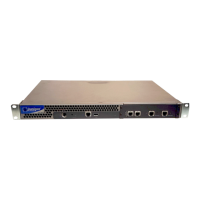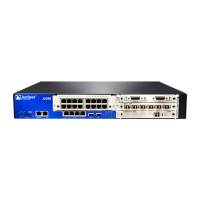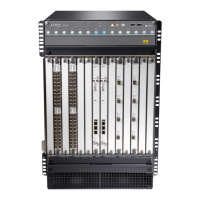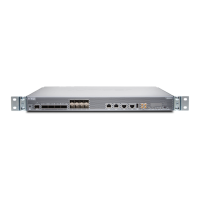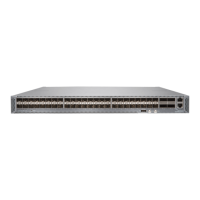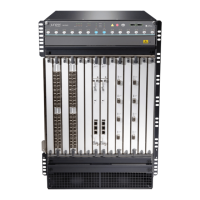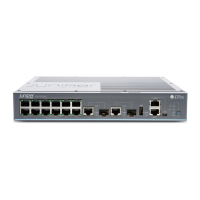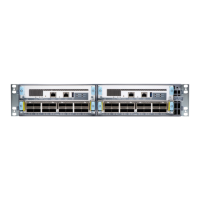(unit). When a client accesses the router, the dynamic profile configuration replaces the
predefined variable with the actual interface name or unit value for the interface the
client is accessing.
Dynamic profiles for VPLS are supported only on MX Series routers. For more information
about dynamic profiles, see the Junos OS Subscriber Access Configuration Guide
Related
Documentation
Ethernet Networking•
• Example: Configuring VPLS Pseudowires with Dynamic Profiles—Basic Solutions on
page 64
• Example: Configuring VPLS Pseudowires with Dynamic Profiles—Complex Solutions
on page 68
Example: Configuring VPLS Pseudowires with Dynamic Profiles—Basic Solutions
The following limitations apply to dynamic profiles for VPLS on MX Series routers:
•
The native-vlan-id statement is not supported.
•
The native-inner-vlan-id statement is not supported.
•
The interface-mode access statement option is not supported.
•
The vlan-id-range statement is not supported.
In many cases, a configuration using dynamic profiles is more efficient than a static
configuration, as shown by the examples in this topic.
•
VPLS Pseudowire Interfaces Without Dynamic Profiles on page 64
•
VPLS Pseudowire Interfaces and Dynamic Profiles on page 65
•
CE Routers Without Dynamic Profiles on page 66
•
CE Routers and Dynamic Profiles on page 67
VPLS Pseudowire Interfaces Without Dynamic Profiles
Consider the following configuration, which does not use dynamic profiles to manipulate
VLAN identifiers:
[edit routing-instances]
green {
instance-type vpls;
interface ge-0/0/1.1;
interface ge-0/0/2.1;
interface ge-0/0/3.1;
vlan-tags outer 200 inner 100;
protocols vpls {
vpls-id 10;
neighbor 10.1.1.20;
}
{...more...}
}
Copyright © 2012, Juniper Networks, Inc.64
Junos OS 12.1 MX Series 3D Universal Edge Routers Solutions Guide
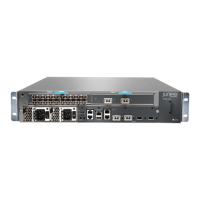
